While the field of radiology involves the diagnosis of disease through analysis of medical images, the field of pathology involves the diagnosis through examination of surgically removed tissue samples from biopsies. In this article, we’re going to take a closer look into what pathologists do and how they contribute to the overall diagnosis and treatment of patients – behind the scenes.

What pathologists do
Can you guess what go in the blanks above? The answers are pathology and pathologist. Pathologists analyze specimens such as tissues, bodily fluids and cells in biological and chemical ways to diagnose diseases. Your physician determines your current condition and best treatment method based on the diagnostic results of a pathology examination.
How pathologists make diagnosis
So, how exactly do pathologists make diagnosis?
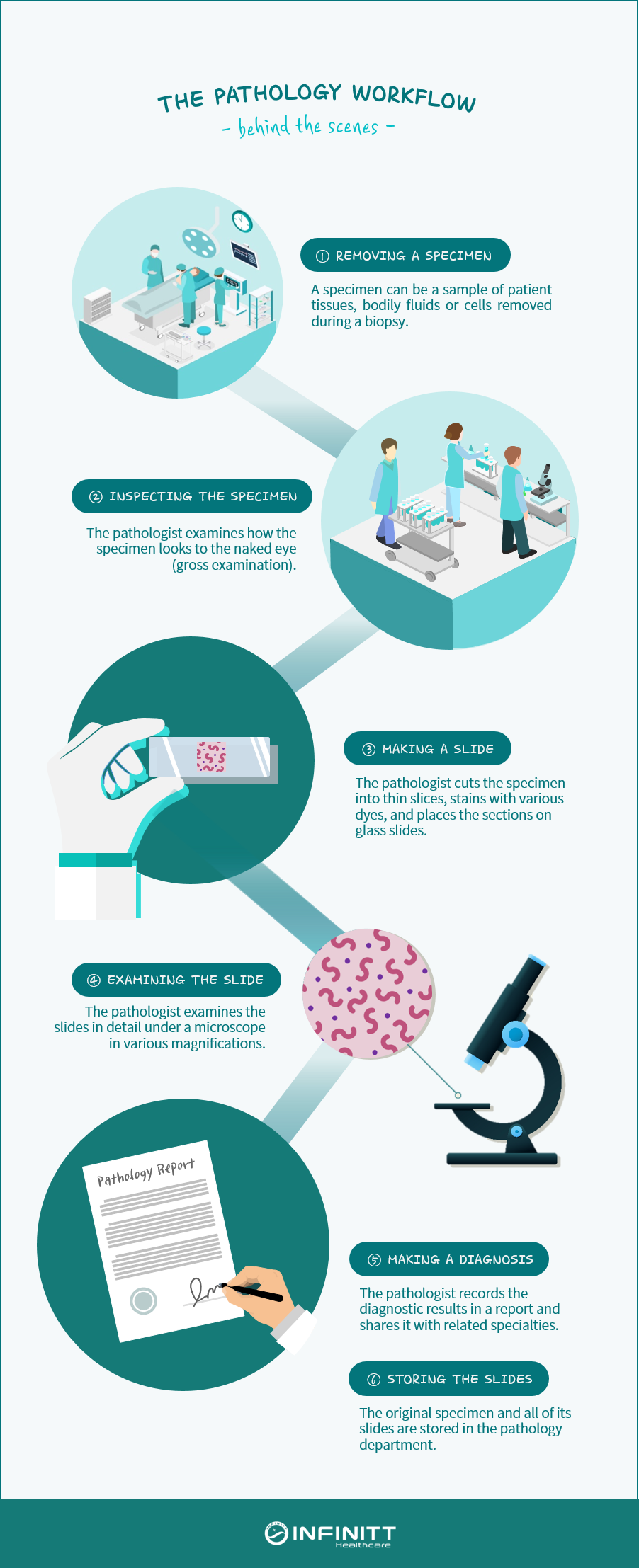
Taking specimens or making slides are certainly tasks unique to the pathology department, which differentiates it from other departments.
Then, are there any challenges that pathologists experience in their daily workflow?
The challenges of pathology department
A pathology slide contains the patient’s health data. Thus, medical facilities are obligated to manage and store patient slides accordingly. As more slides are created, however, there is not only a problem with a lack of storage spaces but also a growing risk of slides getting damaged or lost in the process. To address such problems, more and more medical facilities are adopting slide scanners to convert glass slides into digital images, doubling the storage of slides.
However, there are still unresolved issues. One is that scanners from different vendors store and transfer slide images in different formats. As a result, pathologists have to open up a different viewer for each scanner in order to access all the digitalized slides. In other words, they cannot access slide images easily and quickly for efficient diagnosis.
It’s not easy to share slide images either. Pathologists often send pathology slides to external facilities largely for second opinions, joint research or treatments. Slides are also sent over when a patient is transported from a clinic to a general hospital. But since each scanner stores and transfers images differently, there are still many limitations on sending digital versions of pathology slides. So most medical facilities still exchange glass slides, which not only costs a lot of time and money but also results in loss or damage of slides.
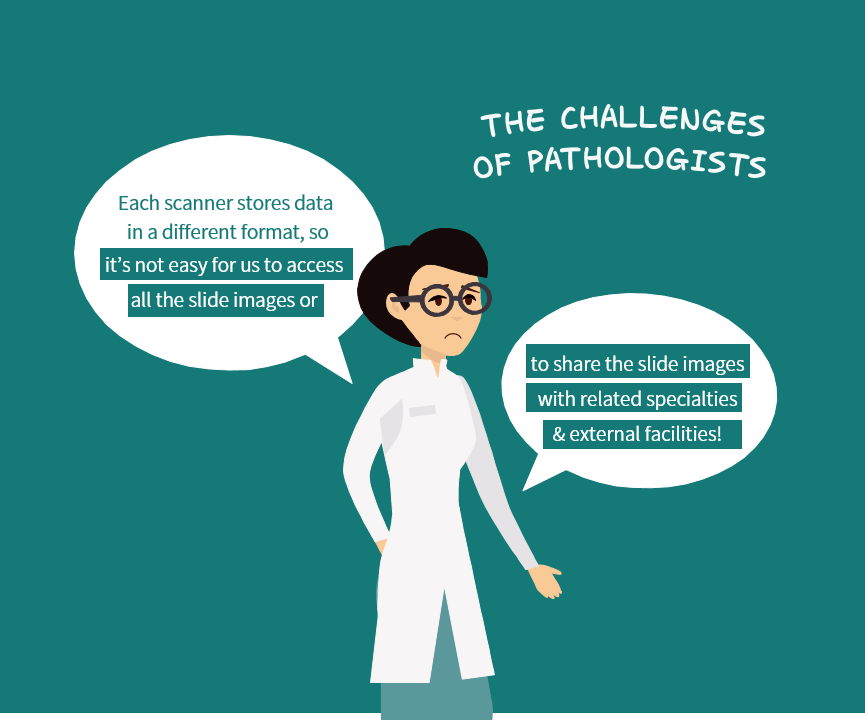
INFINITT Digital Pathology Solution (DPS) has been developed to address the challenges and needs of pathologists. We’ll delve deeper into how INFINITT DPS effectively solves the challenges mentioned above in the next article ‘Why you need a digital pathology solution.’
-
Product Essay
INFINITT Enterprise Search: Streamlining radiologists’ search for the right data
#INFINITT_Enterprise_Search #radiology #data_use

-
Product Essay
A systematic, data-driven approach to dose management
#INFINITT_DoseM #dose_management
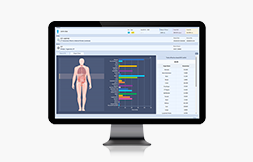
-
Product Essay
Data assetization: unlocking the true value of medical data
#data_assetization #enterprise_imaging #INFINITT_Healthcare_Platform

-
Product Essay
INFINITT PACS 7.0, redefining PACS for the evolving role of radiologists
#INFINITT_PACS #AI #collaboration #reading_productivity
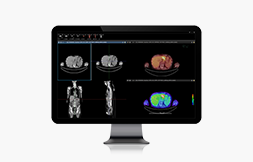
-
Product Essay
How INFINITT MDT streamlines workflow for your multidisciplinary teams
#multidisciplinary_care #INFINITT_MDT
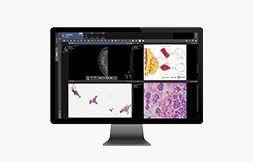
-
Product Essay
Enterprise imaging: all-in-one imaging strategy for healthcare enterprises
#enterprise_imaging #data_integration #data_sharing #multidisciplinary_care #big_data #AI

-
Product Essay
Time to digitalize your pathology workflow
#digital_pathology #INFINITT_DPS
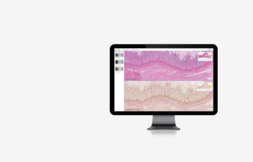
-
Product Essay
Managing radiation dose with INFINITT DoseM
#dose_monitoring_solution #DRL #cumulative_dose #protocol_management
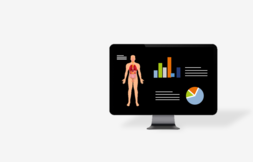
-
Industry Insight
Dose management policies in the U.S., Europe and Japan
#radiation_dose #patient_safety #regulatory_policies #reimbursements

-
Product Essay
Why you need a digital pathology solution
#digital_pathology #INFINITT_DPS

-
Industry Insight
A beginner's guide to pathology
#pathology_workflow #digitalization_of_pathology #challenges
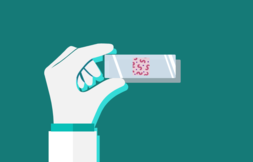
-
Product Essay
The medical big data platform—INFINITT Healthcare Platform (IHP)
#medical_big_data #VNA #enterprise_imaging_platform

-
Industry Insight
Why data integration is important in healthcare
#medical_big_data #integration

-
Industry Insight
The three big questions about medical big data
#medical_big_data #what_is_it? #how_big? #how_diverse?





